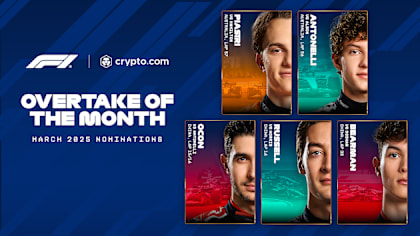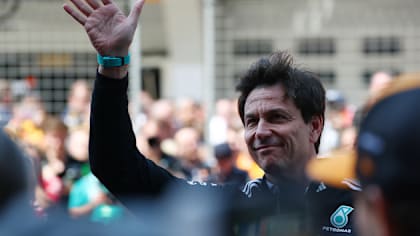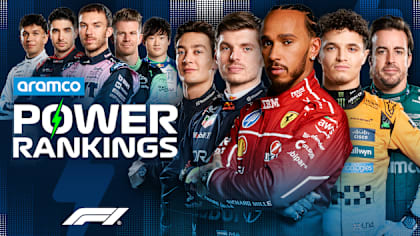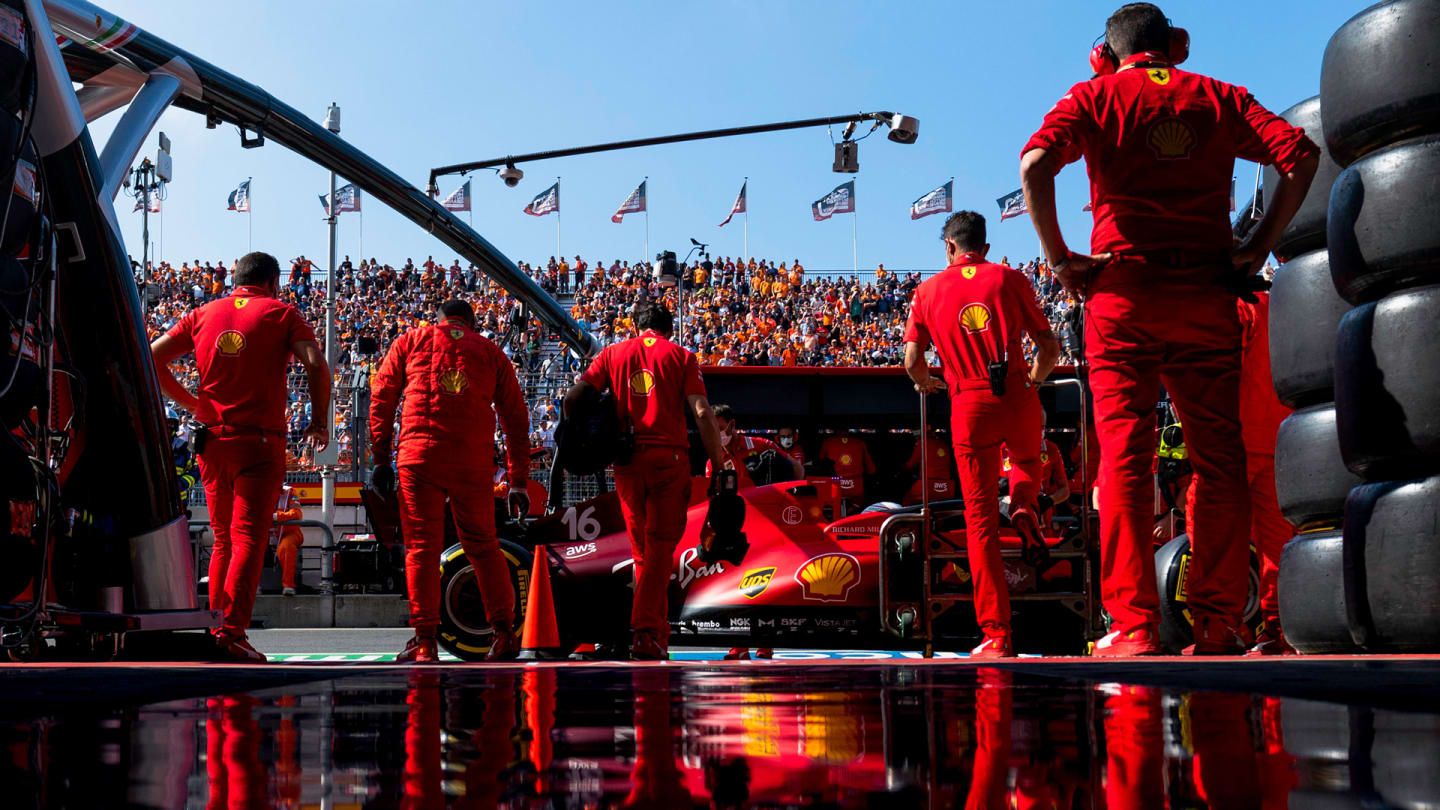
Feature
STRATEGY GUIDE: What are the possible race strategies for the Dutch Grand Prix?

Share

The first two days of track running at Zandvoort have featured plenty of interruptions which means there are still a number of unknowns for the teams when it comes to planning their races. Let’s take a look at the different strategic options open to them ahead of today’s Dutch Grand Prix.
What are the likely strategies for the frontrunners?
There are two clear routes for those at the front of the field, after they were forced to qualify on the soft compound in the Netherlands. Often we have seen the likes of Red Bull and Mercedes going for the mediums in Q2 but the field spread was too close and track evolution meant they would not ad-vance comfortably if they tried to do so.
From there, there are two clear ways to approach using the softs. Some strong tyre management can extend the first stint beyond 30 laps and allow a switch to the medium compound for the second part of the race, but the risk is there could be a clear drop-off in performance in the latter stages of that opening stint that negates the advantage that is built up.
READ MORE: Verstappen delights home fans after edging out Hamilton to take thrilling Dutch GP pole
The other option concerns less management and would see a change to the hard compound around lap 25 to 30. From there, the pace might be slightly slower but there are no concerns over degrada-tion on the hardest compound, and it allows an earlier stop to protect track position.
That latter point is crucial, because it is expected to be difficult to overtake so the frontrunners will target a one-stop strategy and be wary of the undercut if they are under pressure from a car behind.
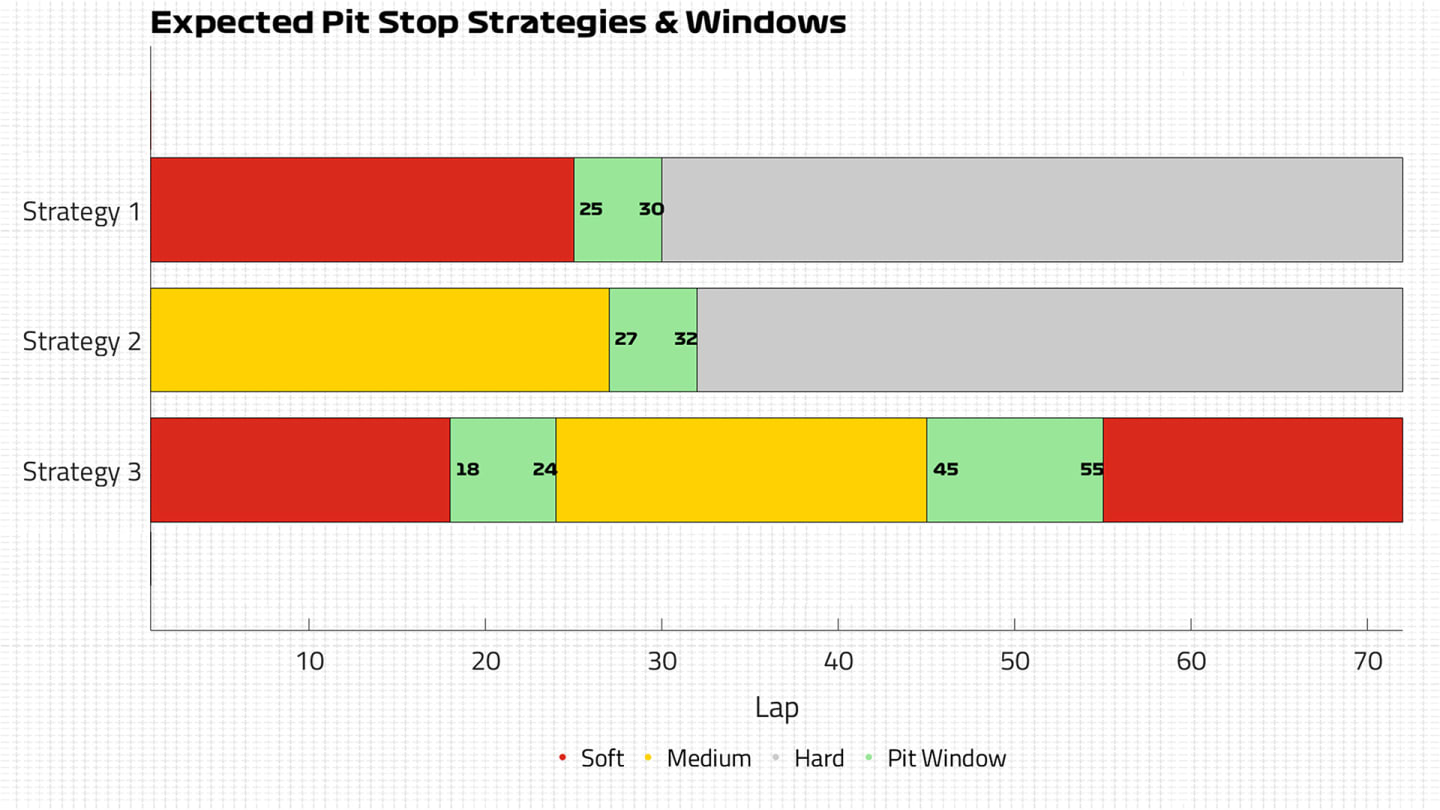
How about the rest of the top 10?
Like Max Verstappen and the Mercedes drivers at the front, the rest of those who reached Q3 did so using the softs. It’s likely that they will also all be prioritising a one-stopper, but there is another op-tion they can opt for if they want to get out of traffic and try something different.
A two-stopper avoiding the hard compound is a possibility, and allows a much more attacking race. An aggressive first stint of around 20 laps on the soft tyre would be followed by a middle stint on the mediums, opening up possibilities regarding the timing of the second stop.
A switch back to softs for the final stint is seen as quick options but it is likely to give up track posi-tion, although given the fact the one-stop is possible on the softest two compounds they could also then try and go to the end if they’ve not taken too much life out of the mediums.
Potential Safety Car timing could also play a part in determining how successful the two-stop strate-gy will be, as the time loss in the pit lane under green flag conditions is some 26 seconds but that drops to around 17 seconds under a full Safety Car or VSC.

What are the options for the bottom half of the field?
With the whole top ten starting on soft tyres, the obvious choice for the rest of of the field – able to take their pick from compounds – is the medium. Quite simply, it’s the only opportunity to try some-thing different compared to those ahead, and it provides a more positive window in terms of the one-stop strategy.
While going soft-medium could be a slight challenge, doing the same strategy in reverse is a little easier because the harder of the two compounds can better handle the high fuel load at the start of the race, with the soft then in better shape to deliver performance when the car is at its lightest in the latter stages.
If the first stint on mediums proves to be challenging, however, then an earlier stop possible to switch to hard tyres and run to the end of the race. Either way, starting on the medium also gives them more time compared to the top ten to see how the soft tyre is performing, with so little long run data due to the interruptions in each practice session so far this weekend.
That said, staring on the hards is not seen as preferable, given the pace delta between the hard and soft. With a difference of over one second per lap, the hard would leave a driver vulnerable to any-one on the soft when the pack is bunched up, and important track position could be lost in the open-ing stages.
If anyone is going to try starting on the hard, it is likely to be those at the very back with nothing to lose, running as long as possible and essentially hoping for a Safety Car or even red flag that would give them a free pit stop and a chance to jump a number of positions compared to those who will have already made their stops.
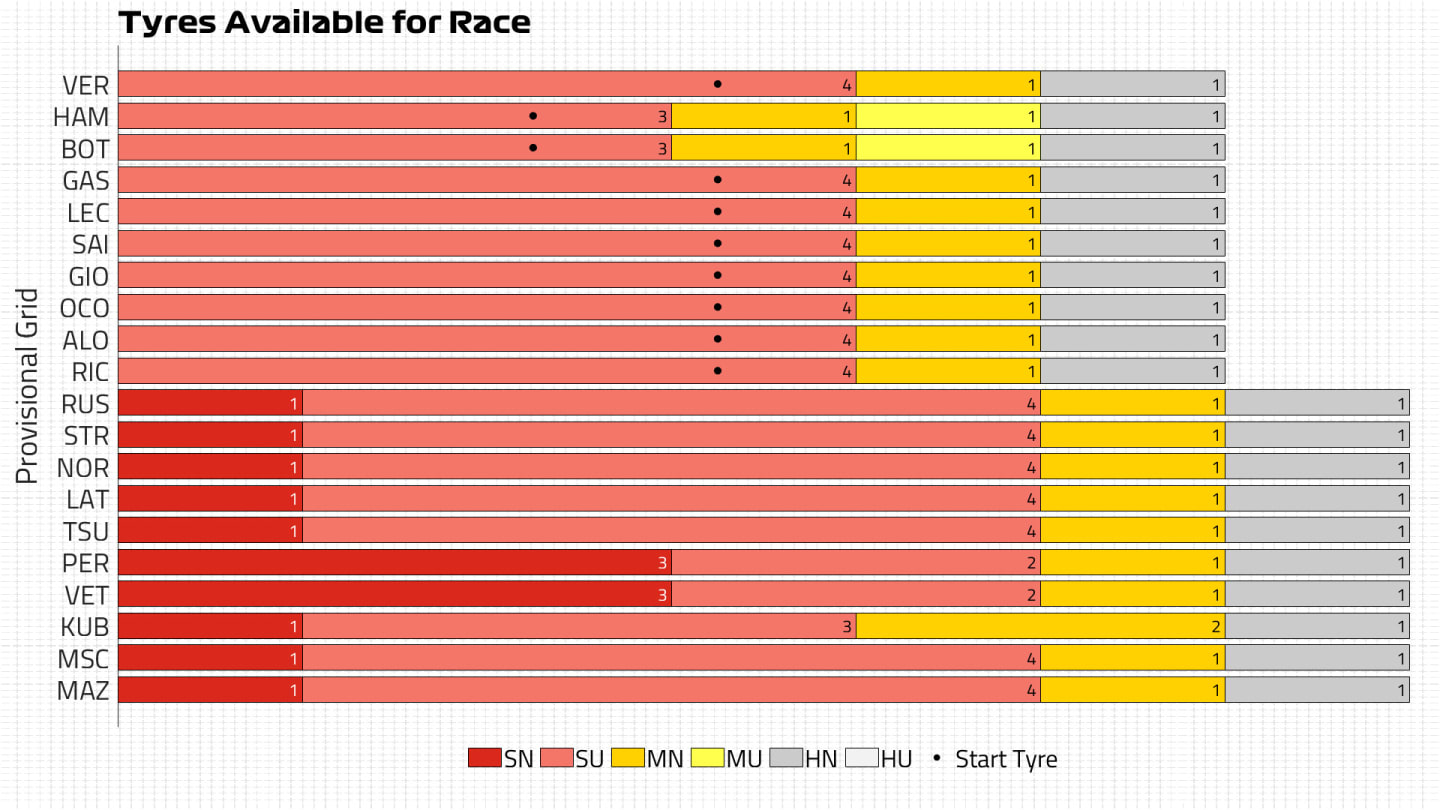
Wait, but what’s the weather doing?
Thankfully, unlike Spa last week, there are no concerns over the weather. The forecast is for warm and sunny conditions throughout, with the temperature climbing to 22C or potentially slightly higher.
That would mark the hottest conditions we’ve seen so far this weekend but such a small change is unlikely to have a major impact on tyre performance. Instead, it is the wind that will provide the big-gest challenge, with gusts possible that can destabilise a car – as seen with the incidents for George Russell and Nicholas Latifi.
HIGHLIGHTS: Catch up on all the action from qualifying for the Dutch GP at Zandvoort
Even though the weather doesn’t seem to be an area of concern for the teams, they still head into the race with a number of unknowns as they were unable to complete representative long running during Friday practice as a result of two red flags.
The early signs are the banked corners create a slightly different wear profile than at other venues, so teams will have to keep an eye on that side of things, while the presence of gravel at certain cor-ners has led to large stones ending up on track that can cut tyres. So there are still plenty of factors that could have an influence on strategy even if the weather proves stable.
YOU MIGHT ALSO LIKE
FeatureF1 Unlocked Crypto.com Overtake of the Month – Vote for Your Favourite Move Now!
News Wolff 'excited' for Mercedes’ future as Silver Arrows ‘clearly the second fastest team’ in China
FeatureF1 Unlocked POWER RANKINGS: Who swept our judges off their feet during the Shanghai Sprint weekend?
Podcast BEYOND THE GRID: Pierre Gasly on trusting the Alpine process, his ambitious victory target and life outside F1

